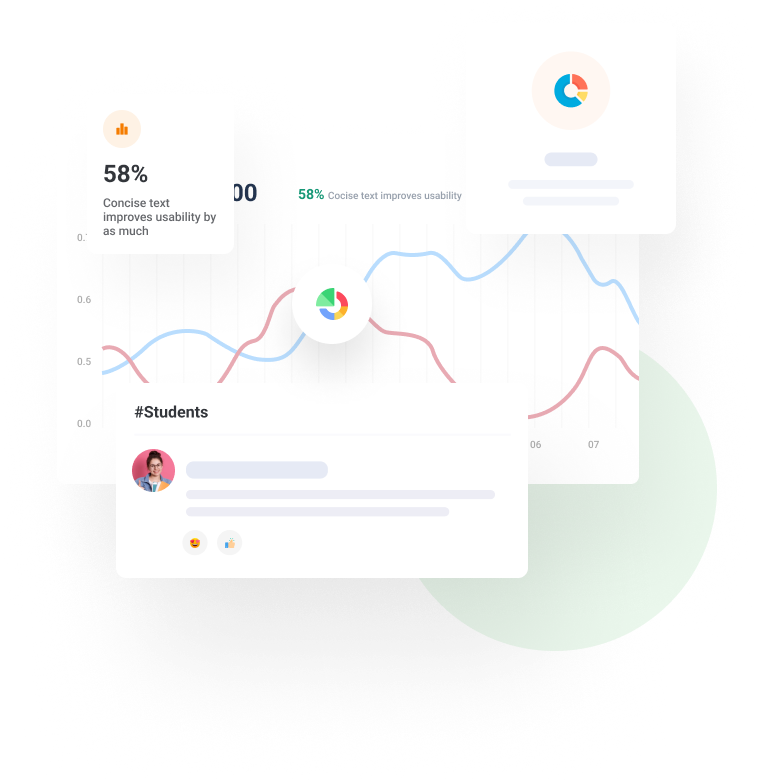The Web’s Real Power for Learning
Would you send your child to a piano instructor who teaches by playing in front of 50 students, testing and grading them every few weeks, and moving on? Probably not. Except for those with an initial knack or extra-strong commitment, most students would quit.
Yet that’s how most colleges teach science, technology, engineering, and math (STEM) to their students. Individualized instruction is lacking. So, the only students who persist are those with an initial knack or extra-strong commitment, and U.S. STEM attrition exceeds 50%, approaching 80% at some schools.
The web can help. The web’s real power for learning is individualized instruction. A student can learn through interactive questions, simulations, and games. She can solve math problems and write computer programs, with immediate automatic feedback, and with the system adapting to her performance. Circuits can be created, chemistry experiments simulated, and virtual frogs dissected. Less text, more action, with immediate feedback.
Most online learning efforts don’t use that real power of the web.
Professor-led online learning efforts usually emphasize video lectures. Videos do provide students schedule flexibility. But using the web for video lectures is like using a four-lane superhighway for horses. Professors emphasizing themselves in online learning is expected: If you ask taxi drivers to design a transportation system to an airport, it will surely feature taxis. But lectures, whether live or video, have limited effectiveness. Plus, videos are hard to update, leading to stagnation.
Technology companies emphasize online software that connects students. If your child wants to learn piano, is your first thought how to connect her with other children? Connecting students is emphasized in online classes largely due to lack of individualized instruction. Companies also emphasize website features for highlighting, note taking, organizing, and searching. A website’s features are the online equivalent of a lecture hall’s chairs and lighting; they are needed in basic form, but aren’t the main point. Student rarely praise a course because of its chairs.
Publishers emphasize converting their textbooks to electronic form. Reading textbooks converted for the web is like watching someone recite magazine articles on TV. With only a few exceptions, TV and the web demand newly-made content that use the technology’s real power.
Investors often don’t differentiate education technology from other web technologies, so want quick development — if not through converting textbooks, then through crowdsourced content creation. But education isn’t entertainment: Web-based learning isn’t like uploading funny cat videos or discussing football; we’re building the foundations of society. Crowdsourced or quickly-made content usually lacks substance; just surf youtube or cable TV to see.
Furthermore, teachers’ misuse of the web can make things worse. Past students just had to come to class, where everything was taught, assigned, and turned in. But today, students must come to class, review online powerpoint slides, watch for online announcements, monitor online discussion boards, submit online assignments, watch online supplementary videos, monitor online grades, subscribe to online homework systems, obtain clickers for online surveys, and more — this dizzying array can cause students to just give up.
Undoubtedly, a good college experience requires in-person human interaction with excellent teachers, supportive classmates, and newly-made friends. And professors play an important role in online learning, but in varied ways, only some of which involves lectures. The web, if used properly for individualized instruction, can significantly improve efficiency, can extend reach, and most importantly can help students persist in their pursuit of a STEM degree, leading to a rewarding career and often a dramatically better life for their families.
